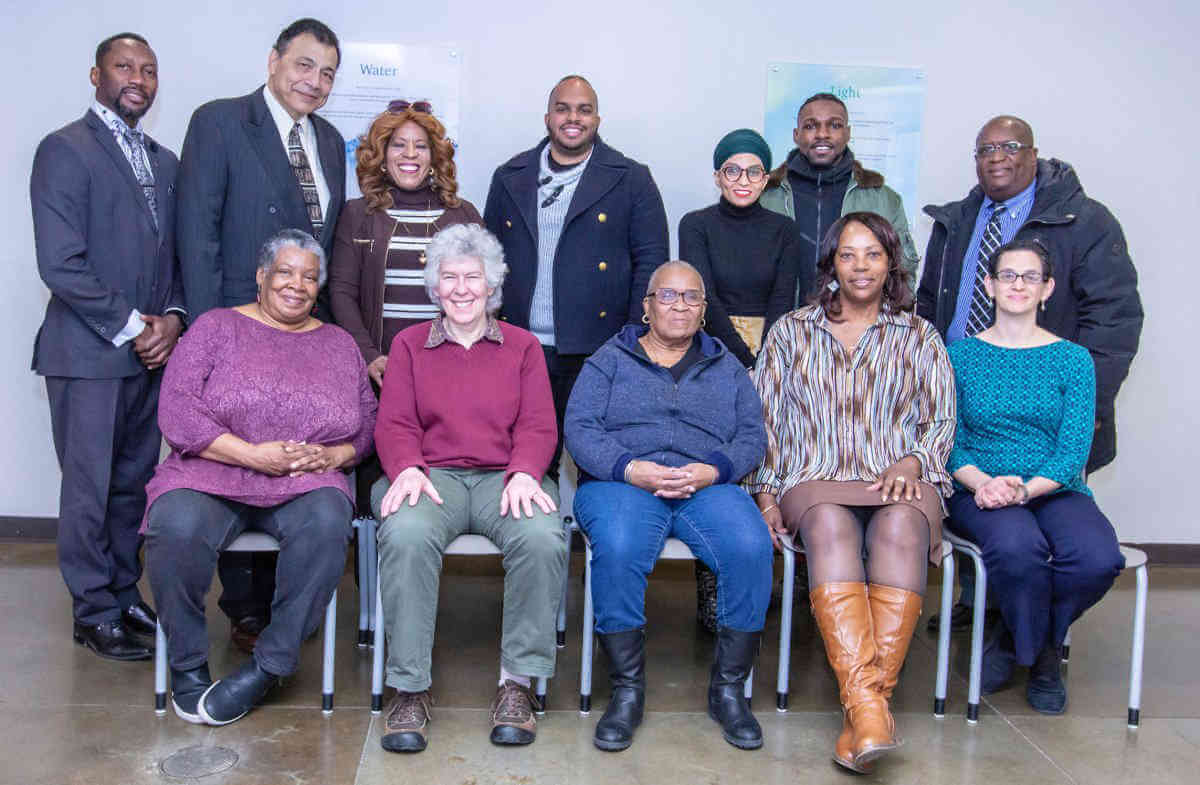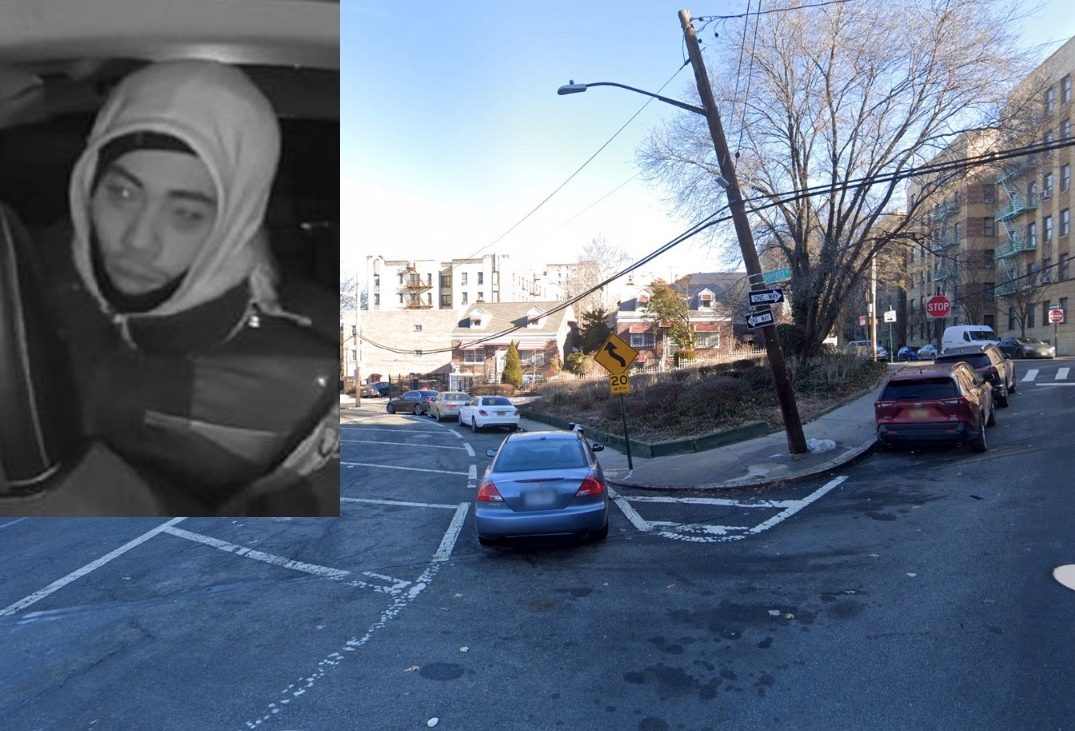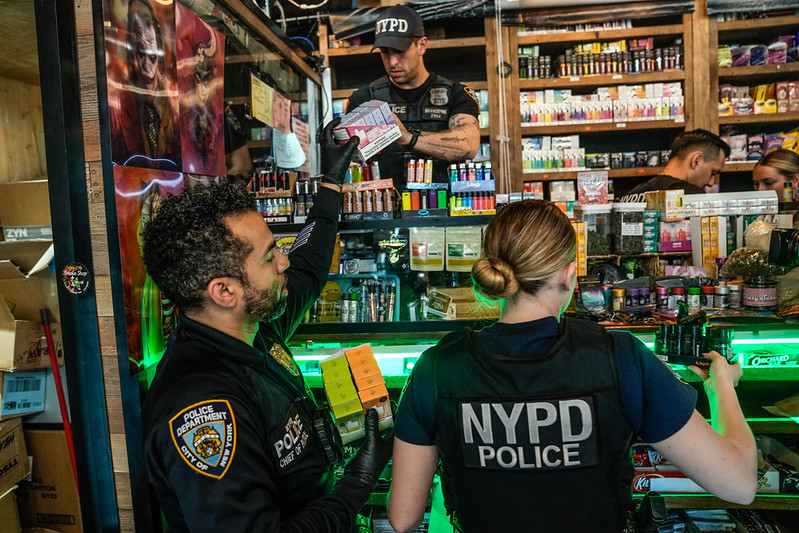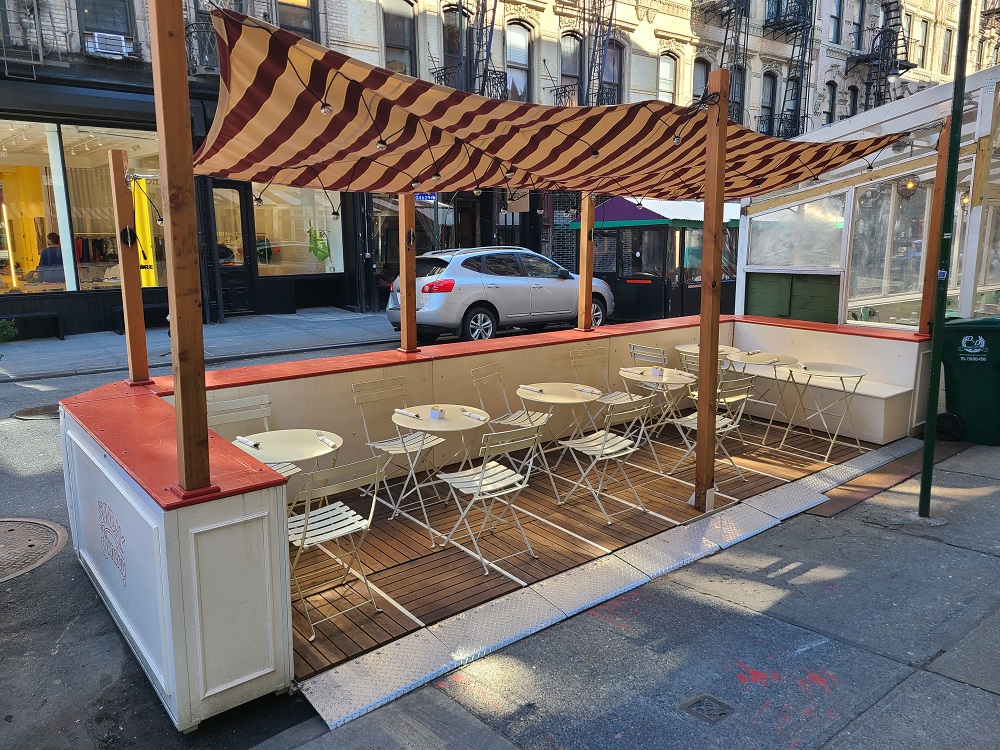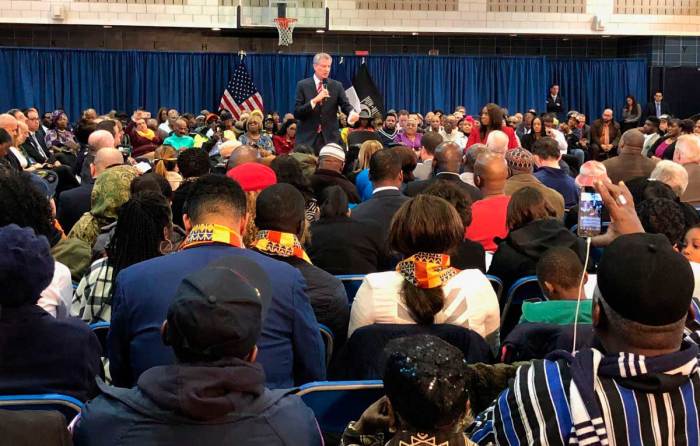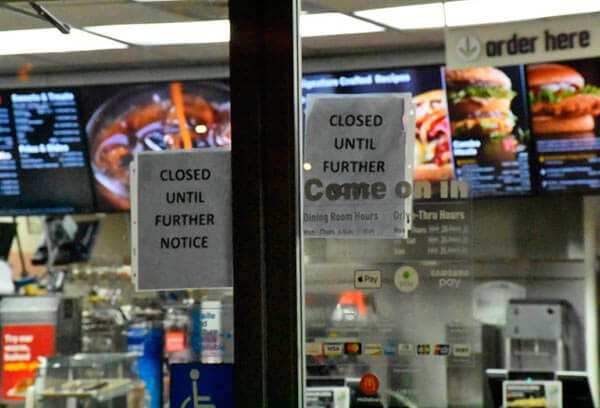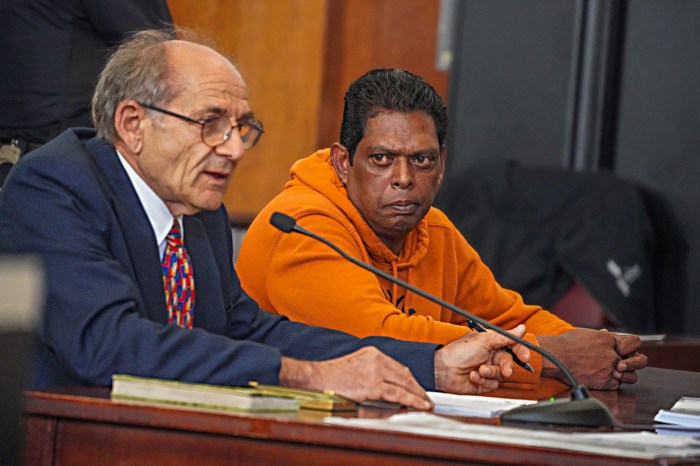In efforts to prevent drugs from swamping their community, the Soundview Community Drug Free Coalition is implementing new strategies to thwart adolescent substance abuse.
The coalition announced that it’s been awarded $62,000 in grants from both the NYC Department of Health and Comptroller’s office to combat drug addiction, with $12,000 specifically earmarked to eliminate vaping and e-cigarette use during it’s monthly meeting on Tuesday, January 15.
The coalition’s crackdown on vaping stems from the common practice of placing laced drugs, such as marijuana, in the vape cartridge instead of tobacco oil, explained Dr. Jose Rivera, who works with the coalition.
From a clinical perspective, marijuana, eventhough it isn’t considered to be a gateway drug, it is from an environmental view, Dr. Rivera explained.
“Where you can buy a(n illegal) knife, you can usually buy a gun,” Rivera said, explaining that his metaphor illustrates the dire situation on the street. A teenager buying marijuana will most likely be exposed to worse, more addictive substances, such as fentanyl, a synthetic, potentially deadly opioid like heroin, he explained.
That exposure can come in the form of laced marijuana which an unknowing teenager can be inadvertently effected by.
“One flake of fentanyl in marijuana may not kill you, but now you’re on an opioid high, and the next time your body needs to get high it’s going to begin to crave more than marijuana,” Rivera said.
That’s only part of the problem at hand, another coalition member said.
Anne Johnson explained how Bronx drug use has risen 14% since 2017, citing K2 synthetic marijuana as one of the major causes along with combinations of crack and standard cocaine being combined into one product.
“Our plan to raise awareness is to recruit schools and recruit community centers to promote anti-drug use,” Johnson said, mentioning part of that plan will be to distribute anti-drug flyers to bodegas that are on board with the program.
“It’s more than a flyer, it will say on the door “we don’t sell drugs here,” and that’s big for us,” Johnson mentioned.
More in-depth parts of the coalition’s combative plan are to learn from the students themselves: which drugs are circulating in which schools, and who are kids using drugs and when? Ideally this information would lead to exposing the dealers and sources.
Johnson continued to explain that street drugs are rapidly changing. New ingredients and supplements are frequently being concocted to over stimulate a user, to make them come back for more.
“We know people are using bed bugs to get high, it sounds disgusting but that’s the types of issues we have to deal with,” Johnson said, noting that the insects are inhaled to get a quick fix.
“(Persciption drugs) are the easiest to access. You don’t have to go to a street corner or meet up with someone. You just have to go into the medicine cabinet,” she added, pointing out the clandestine misuse of household remedies that have made legal pharmaceutically-prescribed medicines as a perpetuator of the problem.

